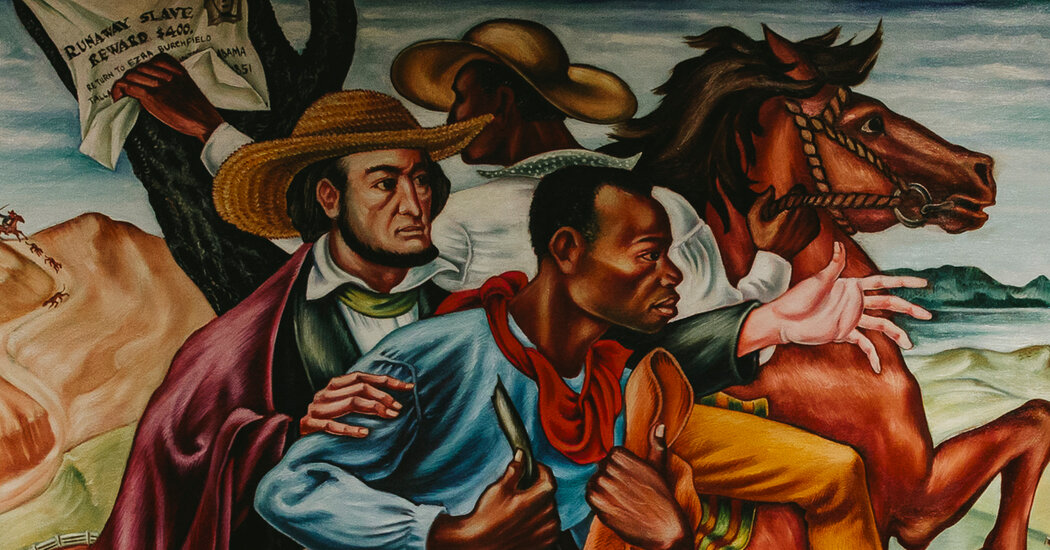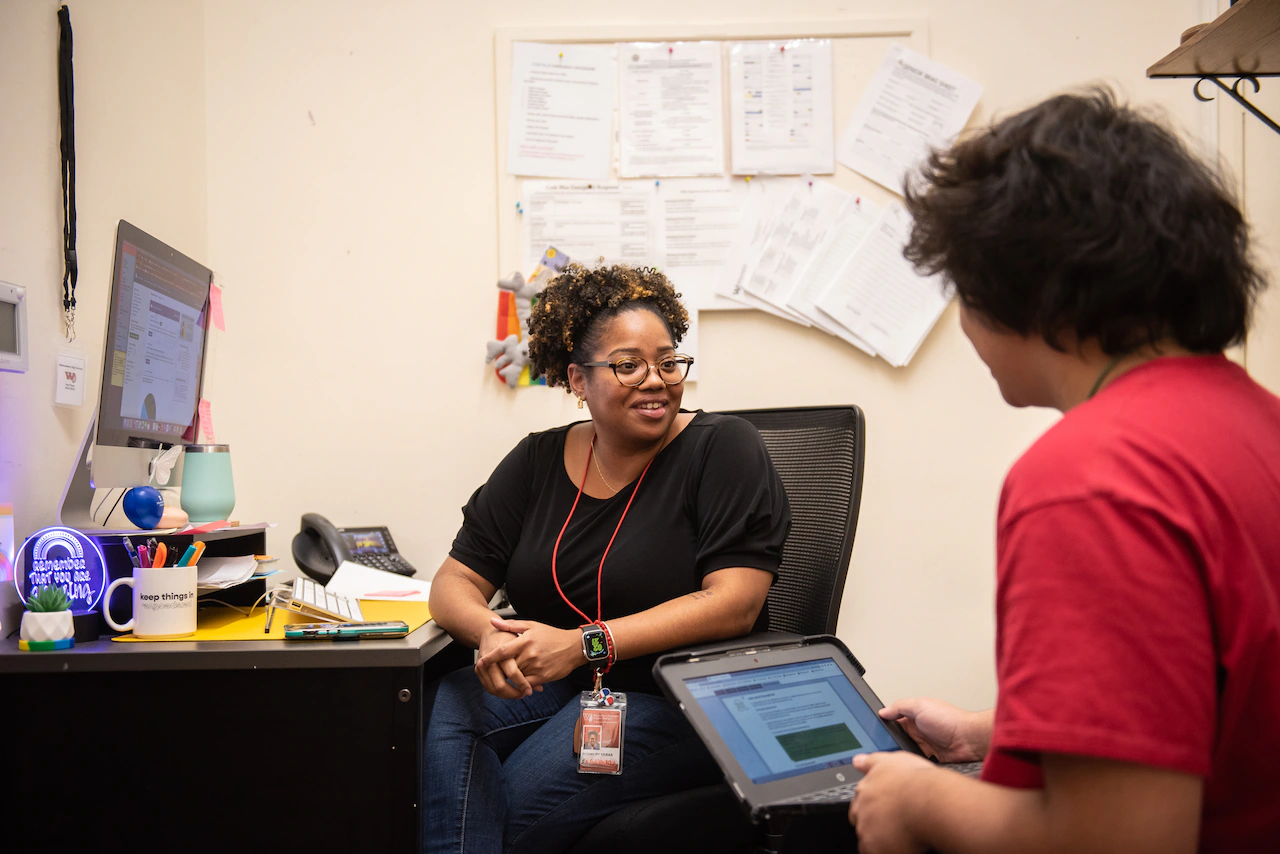Copyright The New York Times

In May 2024, soon after Rica Lewis-Payton became board chair of Talladega College, a historically Black institution in rural Alabama, she faced a crisis. The college, which has a paltry endowment of under $5 million, couldn’t meet its payroll that month. “We had to look at every asset that we have,” Lewis-Payton, a retired hospital executive and 1981 Talladega alumna, said in an interview. Talladega’s outstanding asset was a group of six remarkable murals that the Black artist Hale Woodruff painted there between 1939 and 1942, commemorating interracial cooperation in the African American struggle for freedom and advancement. One, a swirling tableau of men overwhelming their captors on a slave ship, titled “The Mutiny on the Amistad,” is the artist’s most dramatic painting. Another is an emotionally powerful depiction of the Underground Railroad, with allies of both races ushering enslaved people to liberty. In all, “they are Woodruff’s crowning achievement, and among the best American murals,” the art historian Barbara Haskell, a longtime Whitney Museum curator, said in an interview. Over the last year, Lewis-Payton oversaw a sale in which Talladega will relinquish ownership of four of the six Woodruff murals to the Toledo Museum of Art and two art foundations, in return for an undisclosed sum that art experts estimate at $20 million. “It required deliberate thought and execution,” Lewis-Payton said. “I sit here today feeling good that we are leveraging this most prized possession in a way that will improve the ability of the college to provide a foundational education for people like me.” Lewis-Payton said she understood that the sale of these paintings would surrender a key piece of Talladega’s legacy and potentially provoke vehement opposition. Yet the college administrators realized the works were going mostly unseen. In 2012, the murals were removed for conservation and then sent off on a four-year, eight-city tour, in what Roberta Smith, writing in The New York Times, called a “stunning exhibition.” Despite that exposure, once they returned to Talladega to be installed in a new museum building, only 500 people came to view them annually.



